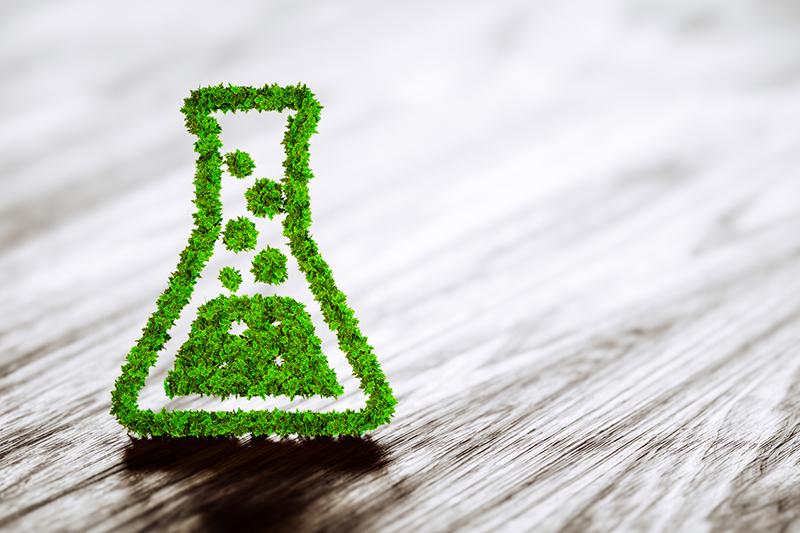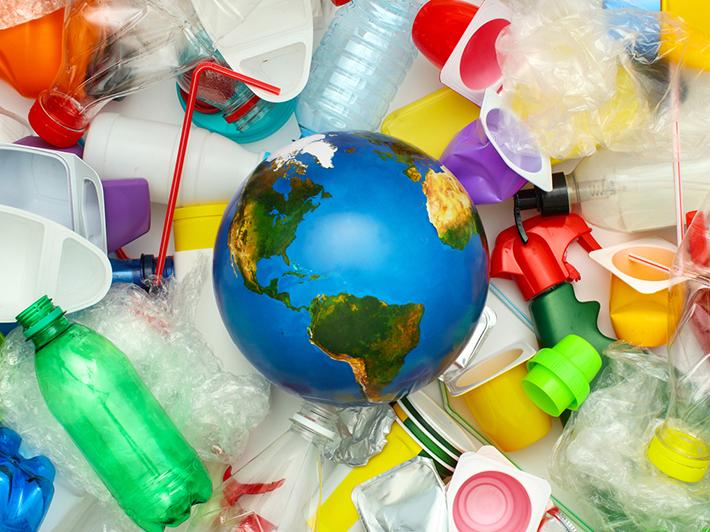Laboratories are notoriously energy and resource intensive. They produce around 2 per cent of global plastic waste and use three to 10 times more energy per square metre than a typical office block, according to the UCL Laboratory Efficiency Assessment Framework.
So improving the sustainability of laboratories is essential for minimising their environmental impact and ensuring the responsible use of resources for future generations.
- THE Awards 2024 spotlight: learn from the best in UK and Irish higher education
- Greener life science labs: the challenge to save energy and reduce waste
- Greening your university is not optional; it’s urgent
By examining this issue more closely, we can identify actionable solutions that laboratories can implement to actively reduce their consumption of resources and save energy.
Ways for research labs to reduce consumables
Laboratory plastics make up 2 per cent of the total plastic waste generated globally each year. Academic research laboratories produce about 5.5 million tonnes of plastic waste annually, according to figures published in Nature in 2015.
Although removing single-use plastic from laboratories is not possible, I encourage labs to look at how they use consumables and where they can make improvements. Laboratories and researchers can:
- Use glass bottles for making up solutions instead of plastic tubes.
- Plan experiments in advance and use the smallest tubes possible for volumes needed.
- Replace plastic serological pipettes with glass or use a measuring cylinder (if this is not possible, consider using the serological pipette multiple times for the same solution).
- Reuse media bottles for waste tips and tubes.
- Consider using watch glasses instead of disposable weigh boats to weigh non-hazardous chemicals, as these can be washed and reused, or weigh the chemical in the vessel being used to prepare the solution.
- For microbiology, use metal loops and spreaders (instead of disposable plastic ones), which can be sterilised using a Bunsen burner between each use.
- If replacing with metal is not possible, consider using wooden toothpicks to pick colonies.
Tips to save energy in the lab
Laboratories consume three to 10 times more energy than a typical office building, making them one of the most energy-intensive spaces. These simple actions can help to reduce the energy consumption of the laboratory both directly and indirectly.
Freezer management
Ultra-low temperature (ULT) freezers account for more than 66 per cent of energy used by laboratories and, if set to -80°C, can use the same energy as one UK household per year. Increasing the temperature to -70°C can reduce energy consumption by 30 per cent. These freezer management and maintenance tips can help to reduce the energy consumption even further and can also prolong the life of the freezer.
- Use racking to maximise storage space.
- Standardise recording and labelling of samples.
- Create freezer inventories and update them when items are added or removed.
- Regularly clean the filters and remove any ice build-up from the seals.
- Completely defrost once a year.
- Fill any empty freezer space with polystyrene boxes.
Fume hoods
Fume hoods use the same energy as two to three UK households per year when running. Follow these rules to increase energy efficiency.
- Keep the sash as low as possible when working and lower the sash during breaks in work and when it is not in use.
- Do not use a fume hood for excess storage because this can impede the air flow and make it work harder.
- Move arms in and out of the fume hood slowly and avoid unnecessary movement in front of the hood.
- Work at least 15cm inside the hood.
- Only bring the items you need into the fume hood and make sure items are placed at least 20cm behind the sash and 10cm from the sides, and that nothing is blocking the back.
- If it is safe to do so, turn the fume hood off when not in use.
Smaller items of equipment
One way to reduce energy consumption is to measure how long equipment takes to heat up and cool down. For example, how long does it take a heat block to reach 95°C or a centrifuge to cool down to 4°C? By knowing this we can significantly reduce the amount of time equipment is switched on before it is required.
- Stick a label with its heating and cooling information to small items of equipment.
- Use “switch-off” stickers on equipment (this applies to all equipment) to help users identify what units can be switched off and what needs to be left on.
Turning off equipment can reduce energy consumption directly and indirectly. Equipment that is on can heat up the laboratory, causing the air-conditioning and cold storage units to work harder and consume more energy. Turning off all equipment when it is not in use it will help to reduce energy consumption as well as wear and tear on the equipment.
If every laboratory initiates small, incremental changes in their practices, the cumulative effect can lead to a substantial reduction in their environmental footprint. These seemingly minor adjustments can play a crucial role in advancing their progress towards achieving net-zero emissions.
Jenna Lowe is laboratory sustainability officer at the University of Liverpool. She was shortlisted in the Outstanding Technician of the Year category in the 2024 THE Awards. A full list of nominees can be found here.
If you would like advice and insight from academics and university staff delivered direct to your inbox each week, sign up for the Campus newsletter.




comment